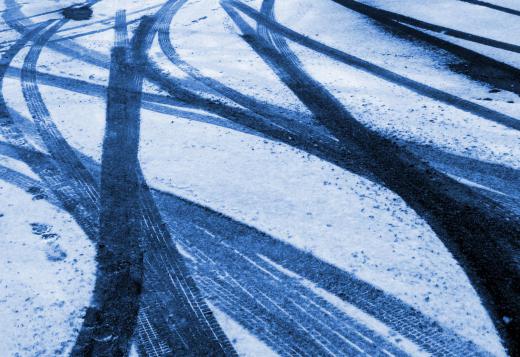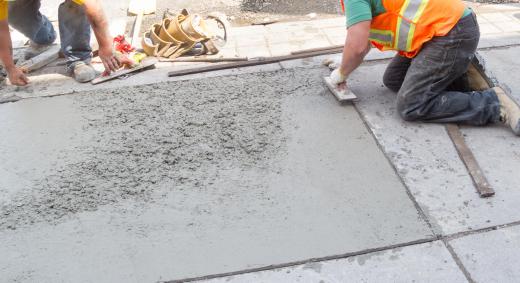Diamond grinding involves using a diamond pad or saw blades to create a smooth surface on paved roads and concrete slabs. It is performed by running a diamond saw blade along with metallurgic or metal powder across the surface, thereby creating grooves that are essentially the same height. Even though the surface may appear rough and grooved, it nonetheless feels smooth whenever a vehicle travels over top of it. This process is used in many areas instead of resurfacing roads because it is often more cost-effective to do so.
Large grinding machines are normally used in this process. Each one of these machines has large saw blades with diamond tips on them. When the tips of the diamonds come into contact with a paved surface, they tend to erode or grate away any bumps that are present. They also blend the edges of patchy areas so they are smoother as well.
Diamond grinding also tends to even out ruts on a road's surface. It also levels out concrete slabs that have warped or bowed due to moisture or sinkhole damage. This is done without the need for adding an additional layer of blacktop or concrete.

As the diamond grinding blades pass over the paved area, horizontal grooves in the surface are produced. This causes the uncut pavement between the grooves to break off evenly just above the cut mark. The end result is a surface that is basically level when viewed from the side. When a road is finished in this manner, it is also less likely to develop large cracks than blacktop, which is not resurfaced in this manner.

A road that has been resurfaced by diamond grinding often lasts for several years without needing to be resurfaced or repeated the grinding process. It is also typically less expensive than traditional methods of paving roads, and requires fewer workers to complete the job. For this reason, many jurisdictions are electing to use this method of resurfacing roadways.
Diamond grinding also reduces the noise level of highways because the grooves in the pavement tend to absorb shock and diminish the sound caused by tires hitting the pavement. Roads that have been resurfaced in this manner also tend to have less standing water than other highways. This can mean a decreased chance of flooding in areas, and safer roads that are less prone to hydroplaning, thereby reducing the number of automobile accidents.
